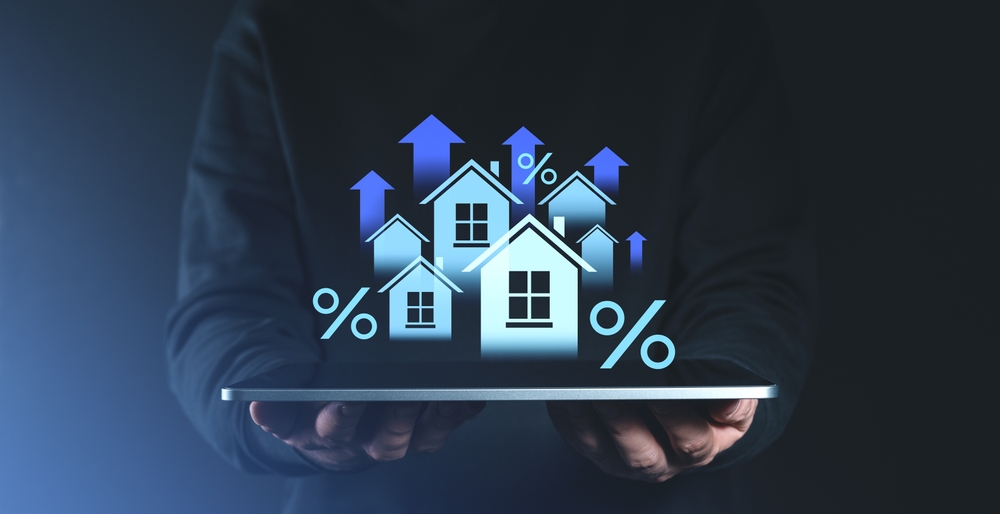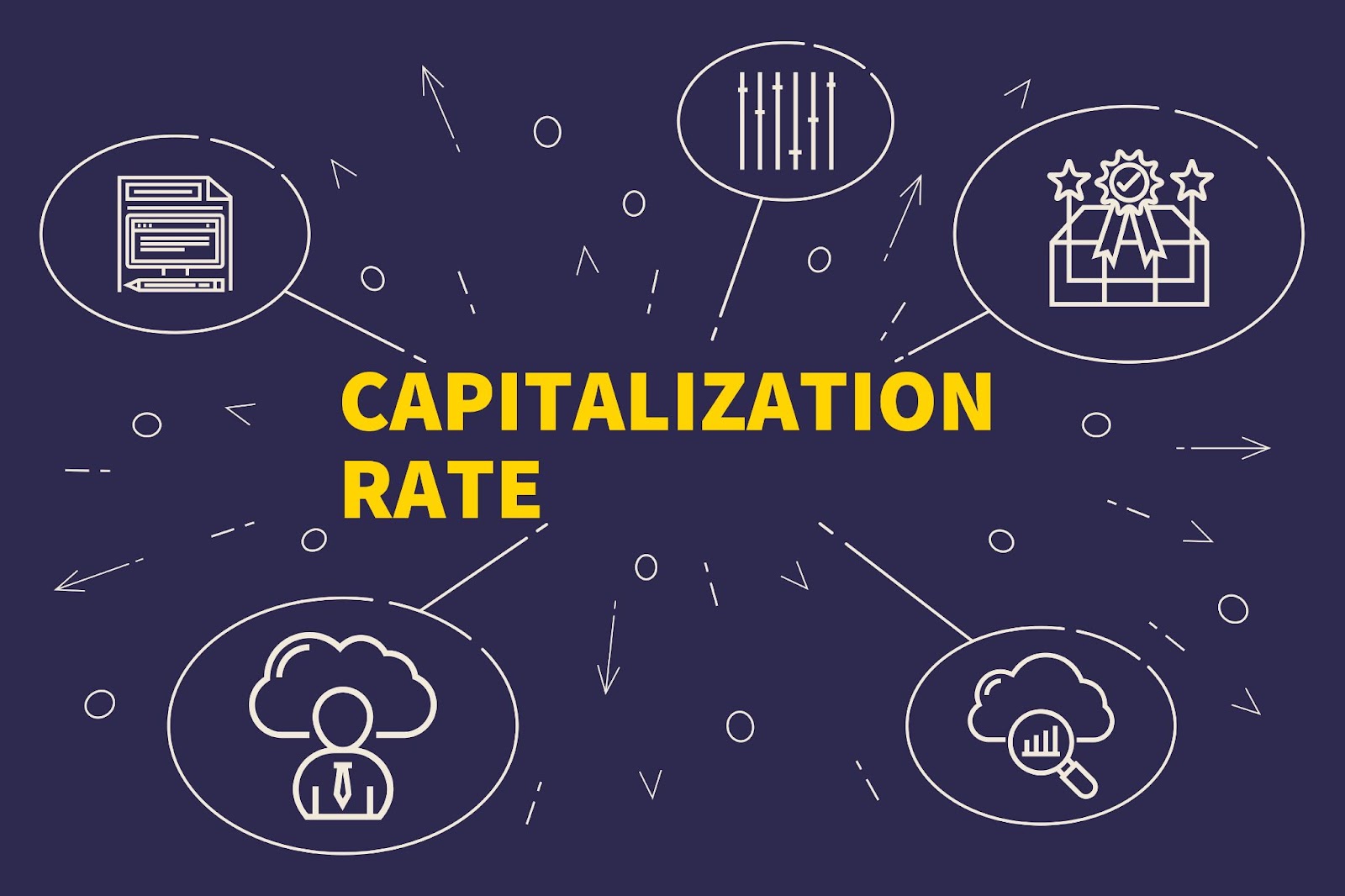In commercial real estate, understanding a property’s cap rate is fundamental for making informed investment decisions. Short for capitalization rate, this metric indicates the expected rate of return based on a property’s net operating income relative to its purchase price or market value.
Investors use cap rates to compare different properties, evaluate risk levels, and determine if an asset aligns with their financial goals in today’s market.
What Does Cap Rate Mean in Commercial Real Estate?
When diving into commercial property investing, knowing what is a cap rate in commercial real estate helps you gauge a property’s earning potential and risk profile. The cap rate, or capitalization rate, shows the expected annual return by dividing a property’s net operating income (NOI) by its current market value — this is known as the capitalization rate formula. A higher cap rate typically indicates higher risk and return, while a lower cap rate suggests a more stable but lower-yielding asset.
Why are Cap Rates Used in Commercial Real Estate?
Cap rates are essential in commercial real estate because they provide a quick snapshot of a property’s profitability and help investors compare different assets across markets. By analyzing cap rates, investors can balance potential returns with acceptable risk levels and market conditions. This metric also assists in determining fair market value and guiding negotiation strategies during acquisitions or sales.
How Do Cap Rates Work in Commercial Real Estate?
To understand investment returns and risk, it’s important to know what is cap rate on commercial property and how it influences buying and selling decisions. The capitalization rate commercial real estate investors use helps set expectations for income and guides smart negotiations.
- A higher cap rate usually signals more risk but also the potential for greater returns.
- A lower cap rate often indicates a more stable, lower-risk property in a prime location.
Market conditions, property type, and local demand all influence the cap rate for any commercial property.
How to Calculate Cap Rate for Commercial Real Estate?
Calculating a cap rate for commercial real estate is straightforward yet powerful for making informed investment choices. Use the capitalization rate formula: divide the property’s annual net operating income (NOI) by its current market value or purchase price.

The Benefit of Selling Your Commercial Real Estate Property Based on Cap Rates
Understanding the cap rate in commercial real estate isn’t only helpful for buyers — it’s equally valuable for property owners planning to sell. Pricing your property based on an accurate cap rate can attract serious investors and position your asset competitively in the market. It also helps highlight the calculation opportunity cost for buyers comparing similar investments.
1. Accurate Market Valuation
Using cap rates ensures your property is priced in line with current market conditions and investor expectations.
2. Attract Qualified Buyers
A clear cap rate makes it easier for serious investors to assess returns and act quickly.
3. Maximize Sale Price
Setting a fair yet competitive cap rate can help you achieve the best possible selling price.
4. Highlight Investment Value
A strong cap rate showcases your property’s income potential compared to other opportunities and their calculation opportunity cost.
Commercial Real Estate Cap Rate Example
Let’s say you own a retail building that generates $250,000 in net operating income each year. If comparable properties in your area are trading at a 7% cap rate in commercial real estate, your building’s estimated market value would be about $3,571,428 ($250,000 ÷ 0.07). This straightforward calculation gives both sellers and buyers a reliable baseline for negotiations and shows how cap rates help shape smart investment choices.
What Is a Good Capitalization Rate for Commercial Real Estate?
A good capitalization rate for commercial real estate in the U.S. varies based on property type, location, and overall market trends.
Typically, well-located, low-risk assets like core office buildings or high-traffic retail centers see cap rates between 4% and 7%, while properties in secondary markets or with higher risk profiles might have cap rates of 8% or more. Always benchmark your target property using local data and a commercial property cap rate calculator to confirm if the return aligns with your investment strategy.

What Factors Affect the Cap Rate?
Understanding cap rates in commercial real estate requires looking at what influences them in the first place. Knowing these factors helps you interpret current cap rates for commercial real estate and make better investment decisions.
Here’s what to consider:
Location and Market Trends
Properties in prime areas with high demand usually have lower cap rates due to greater stability. Emerging or less desirable locations may offer higher returns but come with increased risk.
Property Type and Condition
Different types of commercial properties, like retail, office, or industrial, have varying average cap rates. A well-maintained building typically commands a lower cap rate because it needs less immediate investment.
Tenant Quality and Lease Terms
Long-term leases with reputable tenants can lower perceived risk and therefore reduce the cap rate. Shorter leases or tenants with uncertain financials might push the cap rate higher to offset potential income gaps.
Partner with Commercial Real Estate Experts
Understanding cap rates and navigating the commercial real estate market can feel overwhelming without the right guidance.
Apex Realtors are the experts at helping you decode market trends, analyze properties, and secure the best deals, whether you’re buying your first office building or expanding your portfolio.
Do you want to find the perfect investment? Check our commercial listings online or visit us at 5444 Westheimer Rd. Suite 1620, Houston, 77056 — let’s make your commercial real estate goals a reality.

